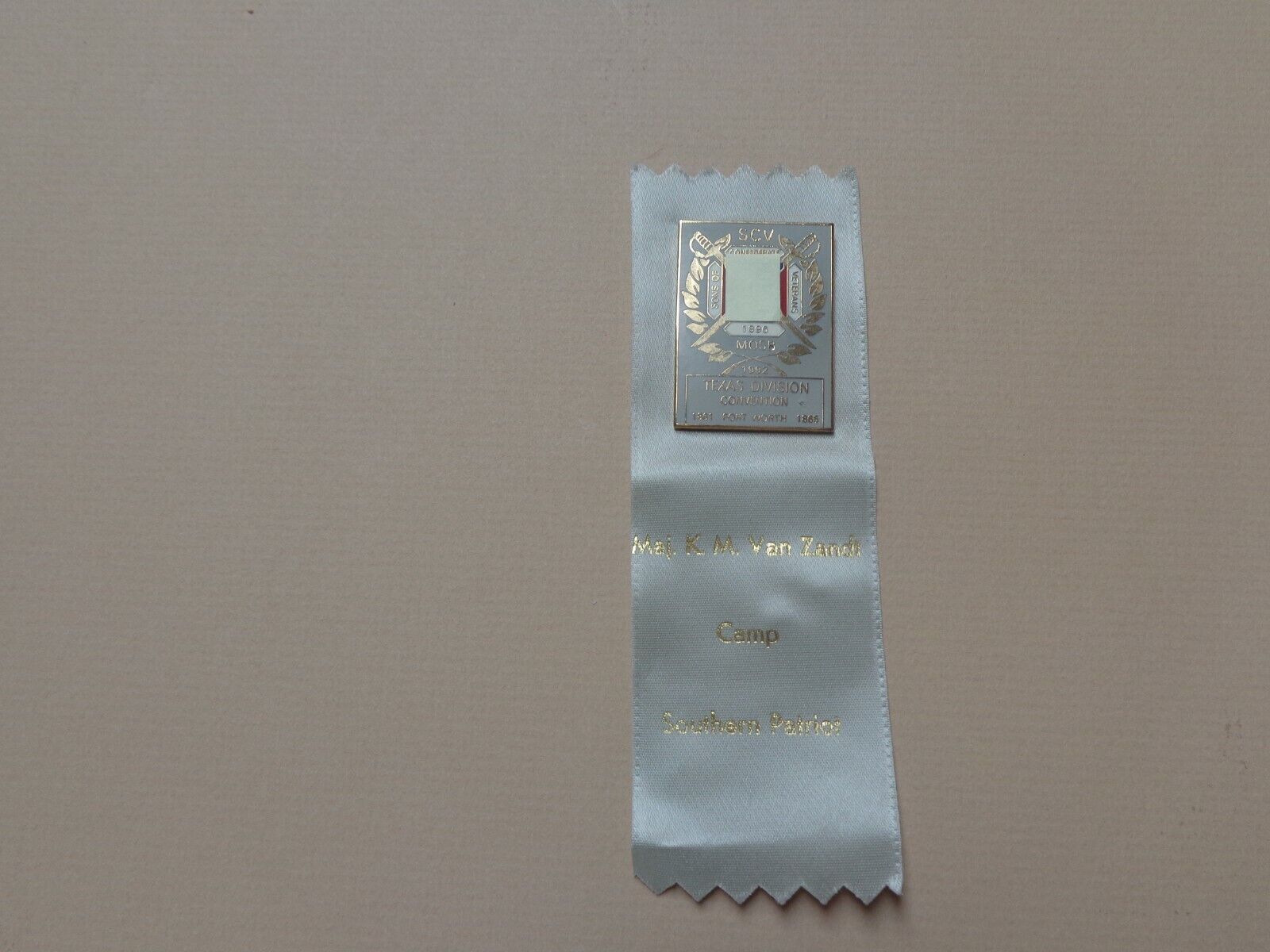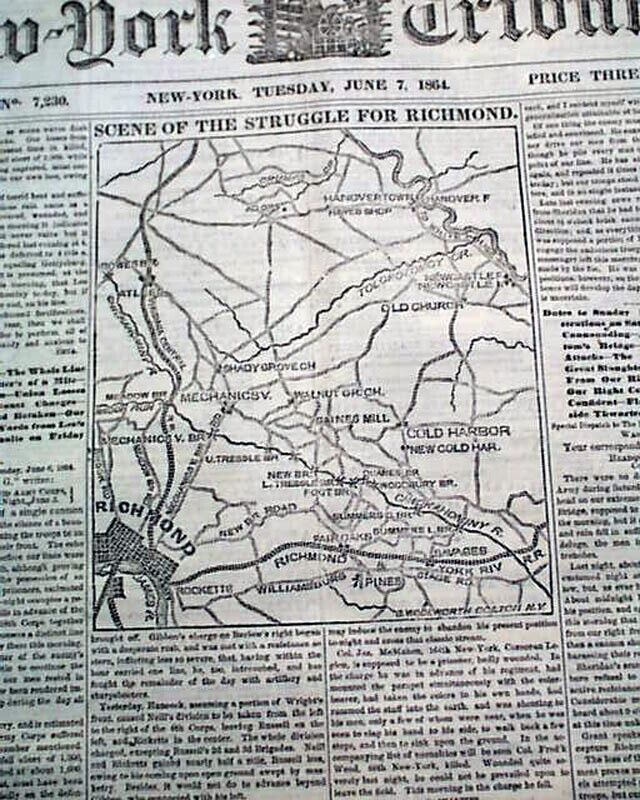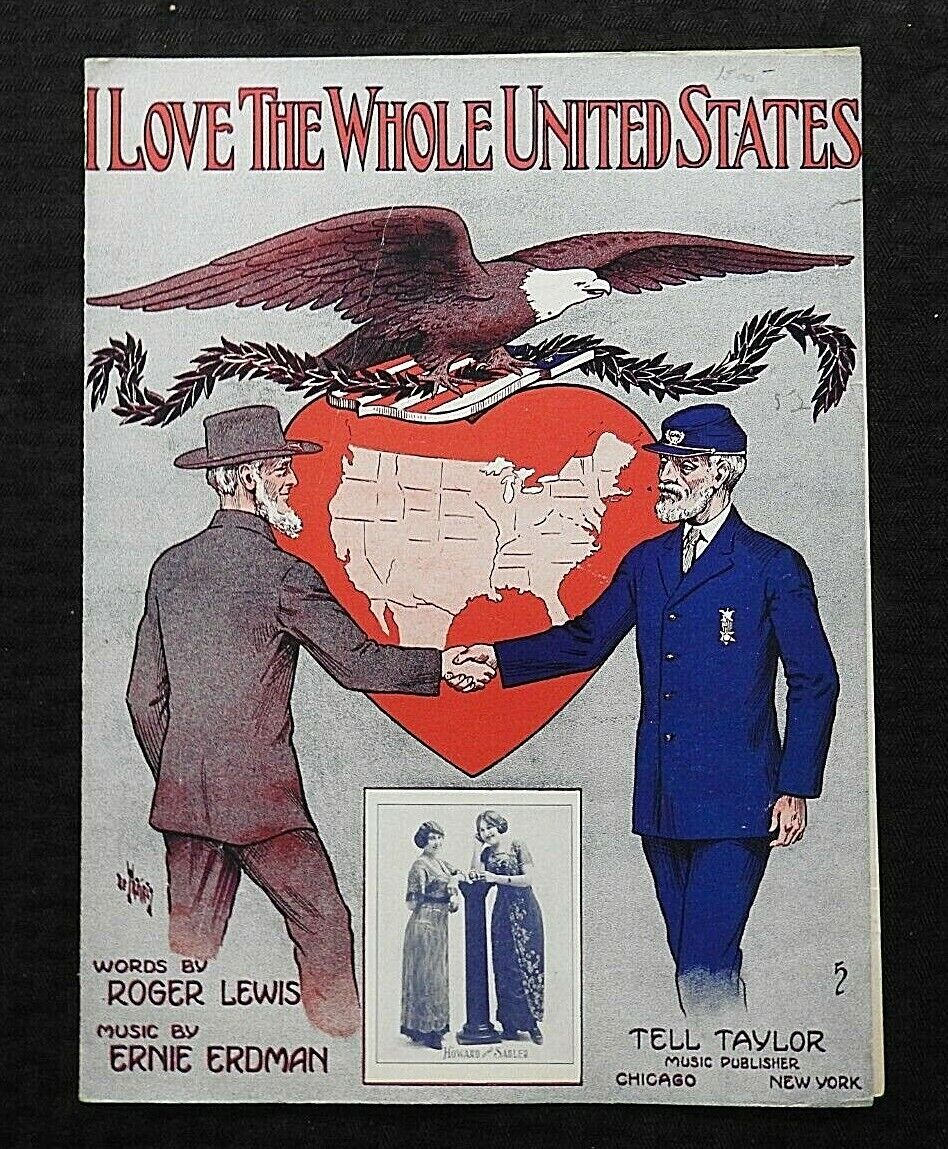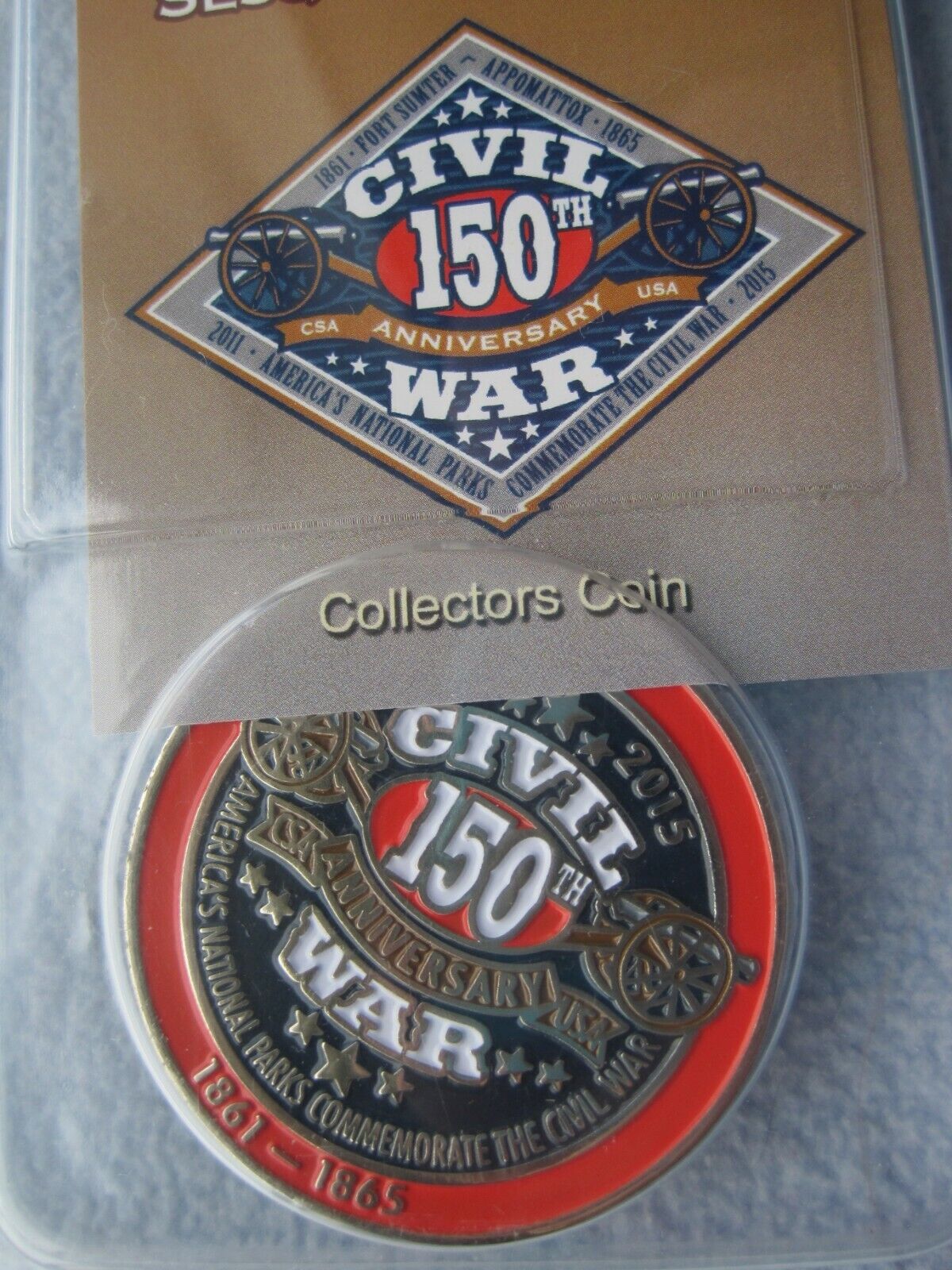-40%
Don Stivers - In Pursuit 5th US Cavalry Civil War Print - Framed With COA Signed
$ 92.19
- Description
- Size Guide
Description
Don Stivers - In Pursuit - Collectible Civil War Print - Mint Condition. Shipped with UPSA Don Stivers framed and signed print In Pursuit. This limited edition offset lithograph features Union forces on early morning patrol during the winter of 1862. The print is signed, both in the plate and by hand, to the lower right margin. The print is numbered 75/500 to the lower left margin. The print is matted, framed and ready to hang. There is certificate of authenticity attached to the back.
DIMENSIONS
37.0" W x 30.0" H x 1.0" D
Early in 1861, the regiment went to Carlisle Barracks, where the officers and men loyal to the South left the regiment to serve in the Confederate States Army. Lieutenant Colonel Robert E. Lee was replaced by Lt. Col. George Henry Thomas. The regiment was rebuilt with new officers and recruits loyal to the Union and was assigned to the Army of the Potomac under the command of General George McClellan. On 21 July 1861, the regiment participated in its first battle of the American Civil War, the First Battle of Bull Run; it was the last action in which they would be called the "2nd Cavalry." In the summer of 1861, all regular mounted regiments were re-designated as "cavalry", and being last in seniority among the existing regiments, the regiment was re-designated as the 5th United States Cavalry. During the Civil War, the Regiment fought valiantly at the Battle of Gaines's Mill, the Battle of Fairfax Courthouse, the Battle of Falling Waters, the Battle of Martinsburg, the Battle of Gettysburg, the Battle of Wilderness, and the Shenandoah Valley Campaign, among many others. The 5th Cavalry's most notable action came at Gaines Mills, when the regiment charged a Confederate division under command of a former comrade, General John Bell Hood. The regiment suffered heavy casualties in the battle, but their attack saved the Union artillery from annihilation. This battle is commemorated on the regimental crest by the cross moline, in the yellow field on the lower half of the crest.
On 9 April 1865, the 5th Cavalry was selected to serve as the Union Honor Guard for the surrender of the Confederate Army of Northern Virginia at Appomattox Courthouse. The Regiment stood by solemnly as it watched its former commander, General Robert E. Lee, surrender to the Union Army.
Indian Wars
In September 1868, the 5th Cavalry Regiment received its orders and began preparations for duty against hostile Indians in Kansas and Nebraska. In the following years the 5th Cavalry fought many skirmishes and battles against the Sioux, Cheyenne and Arapaho on the Great Plains, and against the Utes in Colorado. On 8 July 1869 at the Republican River in Kansas, Cpl John Kyle made a valiant stand against attacking Indians resulting in him receiving the Medal of Honor. The 5th was then sent to Arizona, where it defeated the Apaches in 95 engagements from 1871 to 1874. Due to these actions, General William Sherman told a committee from the United States House of Representatives that "the services of the 5th Cavalry Regiment in Arizona were unequaled by that of any Cavalry Regiment." After General Custer and 264 of his men died at the Battle of Little Big Horn, troopers of the 5th rode after the Sioux to avenge the deaths of their fellow cavalrymen. The punitive ride quickly became known as the Horsemeat March, one of the most brutal forced marches in American military history. Men and horses suffered from starvation, but they eventually caught up with the Indians. Under the leadership of Col. Wesley Merritt, a Civil War veteran, the 5th was instrumental in defeating the Indians at the Battle of Slim Buttes. It was the first significant victory for the army following Little Bighorn. In the next few years the principal engagements in which the regiment took part were with the 2nd Cavalry and 3rd Cavalry.













